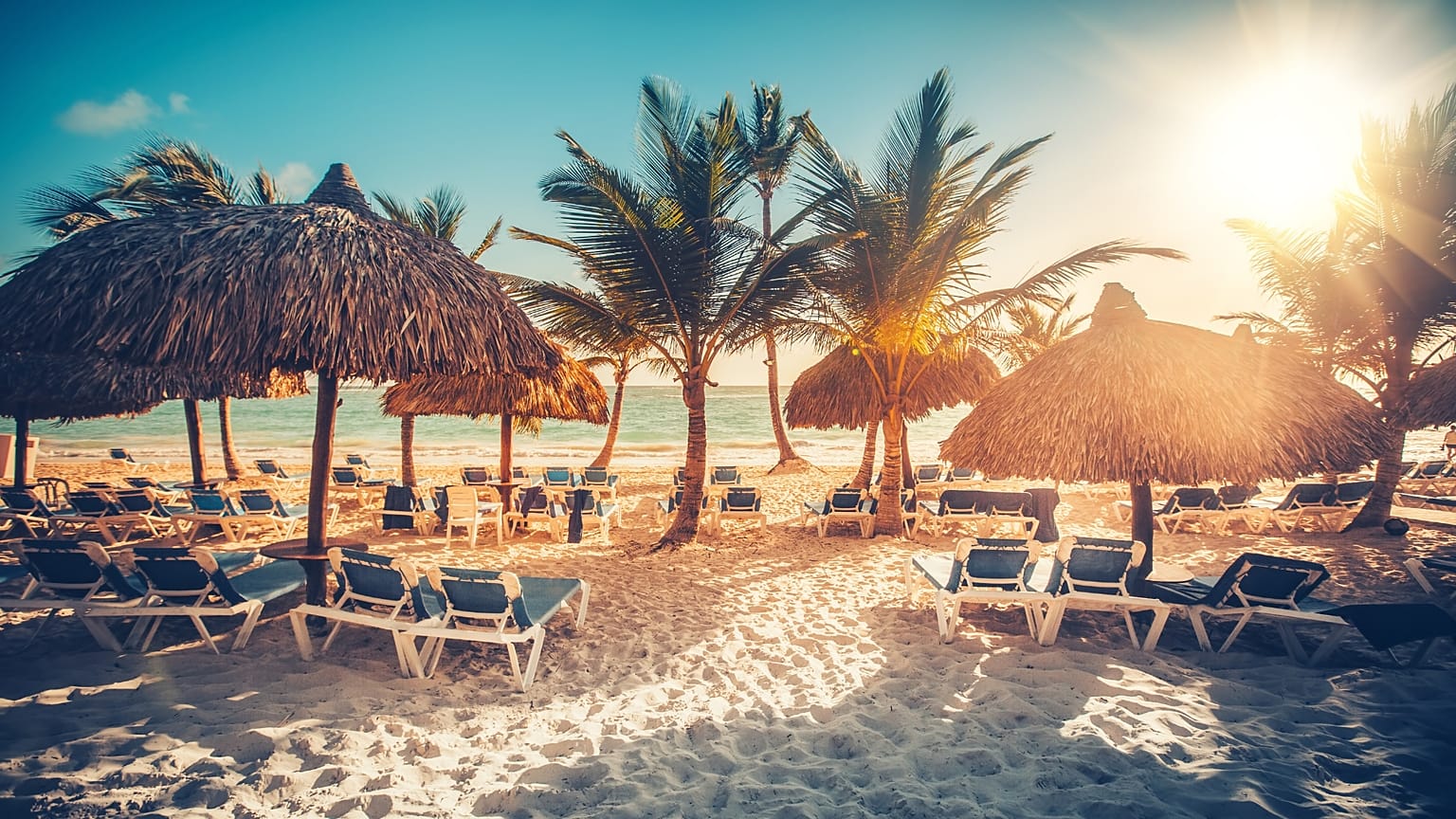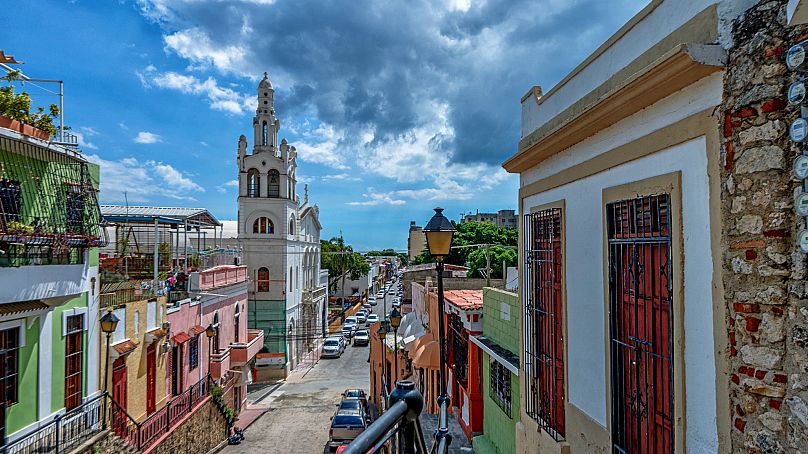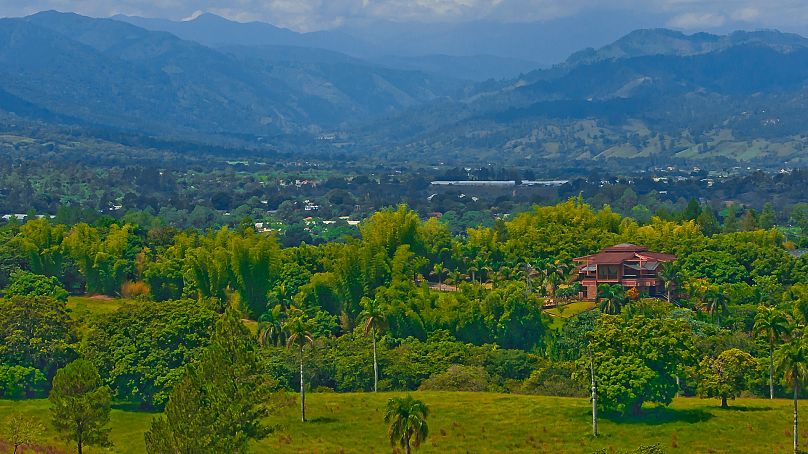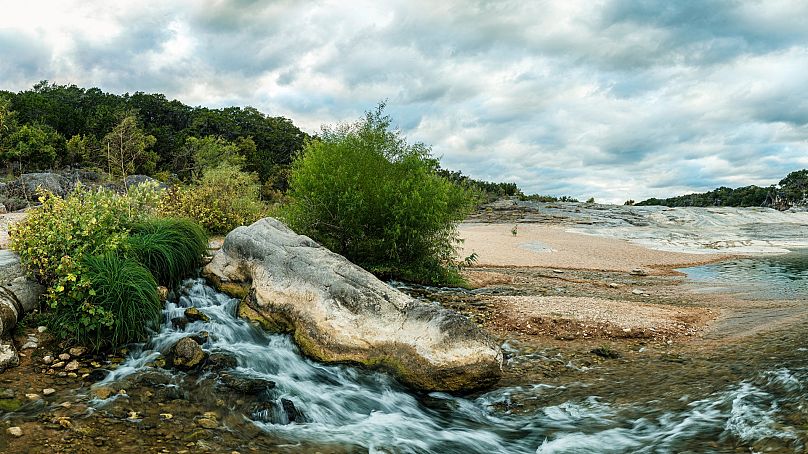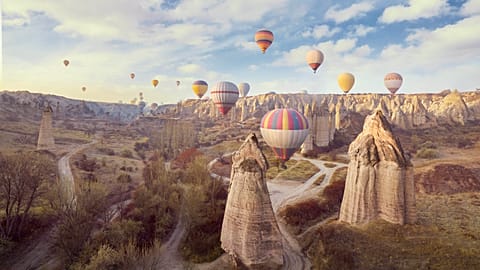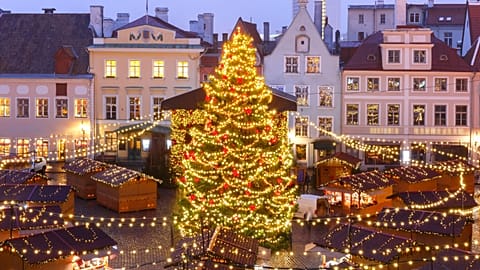From dazzling beaches to mountain top eco-resorts, this Caribbean country has something for everyone.
If you want to put a Caribbean country on your bucket list, there are lots of reasons to choose the Dominican Republic.
Sharing the island of Hispaniola with its neighbour Haiti, it's the most diverse Caribbean destination with mountain ranges, rivers and tropical beaches to its name.
The island nation boasts an impressive 1,609 km of coastline too, and according to the Nature Conservancy, is home to 5,600 plant species and 300 types of bird. As well as nature the Dominican Republic has a varied gastronomic heritage, drawing on its Taino, African, and European roots.
“The Dominican Republic is a paradise,” says Minister of Tourism, David Collado.
“It has beautiful beaches, great cuisine, and also its cultural side. But the most important and best thing in our country, is our people.”
All of these factors have been drawing tourists here in record numbers, with 8.5 million visitors in 2022 alone. In fact, this is a 10 per cent uptick on 2019 pre-pandemic levels, marking an astounding recovery for the country’s tourism sector.
So how did the Dominican Republic achieve such great results? “In the midst of the pandemic, we developed two strategies,” says Collado.
“One was to recover our tourism, and focus on the arrival of tourists. And while the world was recovering, we decided to strengthen our infrastructure, including all our beaches too.” These new developments have helped to cement the Caribbean nation as a must for lovers of sun, sea and relaxation.
So if you’re planning a Caribbean getaway, what parts of this diverse country should you visit? Here are some of our favourite places to explore in the Dominican Republic.
Should I visit Santo Domingo?
Due to its colonial history - it became the first European settlement of the Americas when it was colonised by Christopher Columbus in 1492 - the country’s capital is a mix of historic and modern architecture, with buildings from the 16th century rubbing shoulders with 20th century structures.
The Colonial city has been a UNESCO World Heritage Site since 1990 and is also home to the National Botanical Garden, the largest of its kind in the Caribbean.
While this is the more touristy side of Santo Domingo, the city is also home to a buzzing nightlife, with restaurants, bars and clubs collected in its more urban pockets. And if that wasn’t enough, the capital sits on the southern coast of the island, with glistening white beaches facing out into the turquoise Caribbean Sea.
Is there eco-tourism in the Dominican Republic?
With such an abundance of nature, it’s little wonder the Dominican Republic has turned to eco-tourism.
One of the most beautiful resort towns is Jarabacoa, which sits in a mountainous region at an altitude of 530 metres. Jarabacoa - meaning ‘place of waters’ in Taino - is home to the Caribbean’s tallest mountain, Pico Duarte. You'll find cooler temperatures here, so it's a great place to escape if the beach gets too much.
Rivers and mountains converge in Jarabacoa, with the Cordellira Central mountain range and the Río Yaque del Norte - Dominican Republic's longest river - providing excellent opportunities for hiking and watersports. Expect to see waterfalls, freshwater pools and sweeping mountain forests.
It's not all log cabins and rivers though. Downtown Jarabacoa offers tourists and Dominicans lots of eating options, from local Caribbean cuisine to sushi restaurants and pizza joints.
Get off the tourist trail in Pedernales
If you want to escape the crowds at popular beach resorts like Punta Cana, then you should make your way to Pedernales. Sat in the far southwest of the country, close to the border with Haiti, Pedernales is a haven for nature lovers.
With giant cacti lining the roadsides and iguanas hiding amongst the rocks, the province boasts one of the Dominican Republic's best beaches, Bahía de Las Águilas. With 8 km of glorious white sand, the beach is part of Jaragua National Park, a UNESCO Biosphere Reserve, which is home to some of the country's rarest flora and fauna.
“We believe in diversity in our tourism," explains Collado, "In fact, we launched a campaign called ‘Tourism in Every Corner’ and that is to bring tourists, but also Dominicans, to those places that are not the traditional ones.”
Pedernales is one such place, but put in the effort to visit and you can expect to see some wonderful sights. These include flamingoes, turtles and even sharks at Laguna de Oviedo (a saltwater lake), while at Lago Enriquillo - a hypersaline lake, which is the largest in the Caribbean - you'll find basking American crocodiles.















